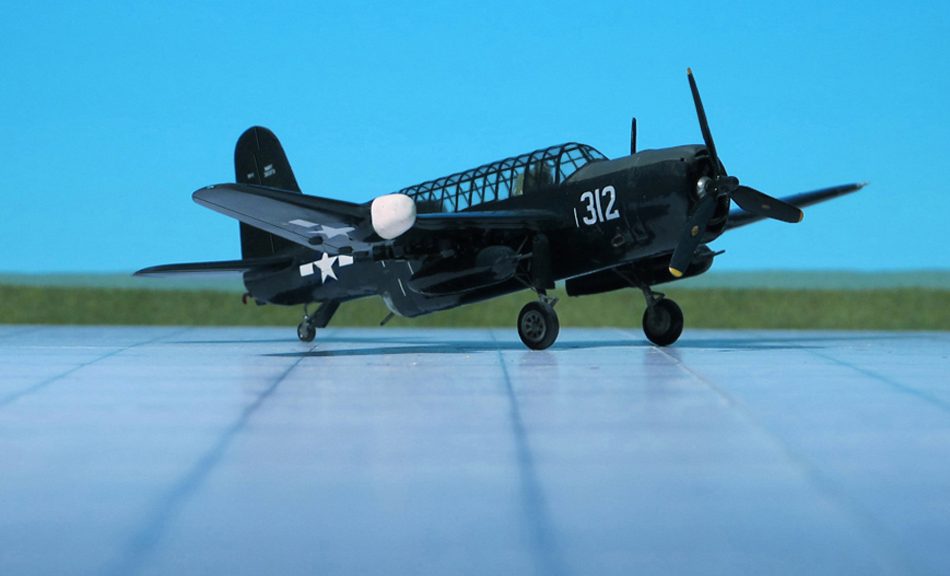TYPE: Carrier-borne torpedo bomber
ACCOMMODATION: Crew of three
POWER PLANT: One Pratt & Whitney R-2800-6 “Double Wasp” radial engine, rated at 2,000 hp
PERFORMANCE: 306 mph
COMMENT: The original design was not by Consolidated Aircraft, but rather by Vought, who designed the XTBU-1 “Sea Wolf” to a 1939 US Navy requirement. The first prototype flew two weeks after Pearl Harbor. Its performance was deemed superior to the Grumman TBF-1 “Avenger” and the Navy placed an order for 1,000 aircraft.
Several unfortunate incidents intervened; the prototype was damaged in a rough arrested landing trial, and when repaired a month later was again damaged in a collision with a training aircraft. Once repaired again, the prototype was accepted by the Navy. However, by this time Vought was heavily overcommitted to other contracts, especially for the F4U “Corsair” fighter, and had no production capacity. It was arranged that Consolidated Vultee would produce the aircraft as the TBY-1, but this had to wait until the new production facility in Allentown, Pennsylvania was complete, which took until late 1943.
The production TBY-2’s were radar-equipped, with a radome under the right-hand wing. The first aircraft flew on 20 August 1944. By this time though, the Grumman TBF-3 “Avenger” equipped every torpedo squadron in the Navy, and there was no need for the “Sea Wolf”; in addition, numerous small problems delayed entry into service so the aircraft never saw combat. Orders for 1,000 aircraft were cancelled after production started, and the 180 built were used for training only (Ref.: 24).













